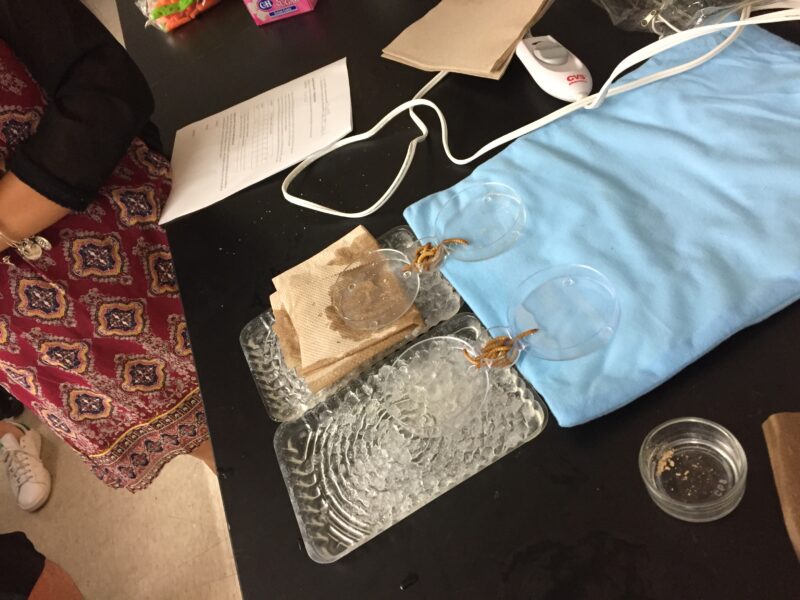The penultimate day of the summer term! Compared to some of our other days, this one was pretty low key, but we did have a little unexpected adventure.
I’d intended to lecture on ecosystem services in the morning, and then watch one of my favorite “teaching” films, “Hurricane on the Bayou.” And this is mostly what happened, except for a little detour part way through. When I arrived on campus, I noticed some flyers posted in the science building – one of the biology grad students, Vanessa Dodge, was giving her thesis defense. Not only was I really interested in her research, as I’d been up to the field site in Point Reyes a couple of times, but I also thought this would be a good way for my students to learn a bit more about the process of science. So, I gave them the choice – do you want to listen to me lecture all morning? Or do you want to go hear someone else talk for a while? They voted in favor of variety, so about an hour into the day we headed upstairs to the thesis defense.
Read more













